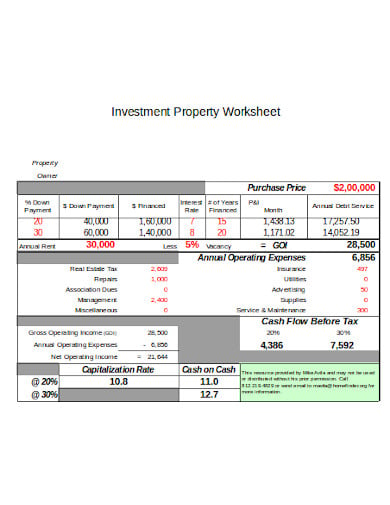

The peptide sequence was found in the NCBI database, and very few cited studies have examined this peptide for its antibacterial properties against Staphylococcus aureus ( S. In this paper, an AMP from Vespa mandarinia venom, namely VM, was studied with regard to investigating its antimicrobial and antibiofilm properties. Two pore-forming peptides, opistoporin-1 and parabutoporin, were also confirmed to have the ability of inhibiting the growth of fungi. Indolicidin, a cationic antimicrobial peptide-amide isolated from cytoplasmic granules of bovine neutrophils, can inhibit fungi by interacting with their target cell lipid bilayer. With the rapid evolution of anti-fungal drug resistance, a generation of new anti-fungal AMPs is also required. and others, and both ribosomally-synthesised and non-ribosomally-synthesised peptides show antibacterial activities. coli), Bacillus subtilis, Pseudomonas spp. Many AMPs have inhibitory abilities against both Gram-positive bacteria and Gram-negative bacteria, including Staphylococcus spp., methicillin-resistant Staphylococcus aureus (MRSA), Proteus app., Enterococcus spp., Escherichia coli ( E.


Large numbers of AMPs have anti-bacterial functions and can effectively suppress the growth of various clinical pathogens. AMPs are one of the most important categories of active peptides and these include host-defence peptides, which possess cytotoxic activities against bacteria, fungi, viruses and other tissue-invading organisms. To combat the shortage of pathogen killers, antimicrobial peptides (AMPs) are gaining traction as alternative therapies in the pharmaceutical industry. It is worth mentioning that this investigation on the relationship between peptide structure and mechanism of action could become an important aspect of drug research on short peptides. Thus, peptide VM-3K could be a promising broad-spectrum antimicrobial candidate for addressing the current antibiotic-resistant infection crisis. This peptide also lacked short-term resistance generation. aureus-infected waxworms at a concentration of 5.656 mg/kg, at which concentration the natural template peptide only achieved 50% survival. Furthermore, VM-3K produced a 90% survival of S. This peptide also exhibited a high killing efficiency at low concentration and had a comparable selectivity index to VM. VM-3K showed a maximum 8-fold enhancement of antibacterial activity against Gram-positive bacteria and also presented microbicidal properties against Gram-negative bacteria and fungi. The various physicochemical properties of amino acids substituted in analogues, generated the different mechanisms of action of bacterial membrane disruption. VM had potent antimicrobial activity against Gram-positive bacteria and biofilm, and all modified peptides achieved the significant enhancement of these capacities. Herein, the biological function and activity profile of peptide VM, which was discovered in the venom of the wasp, Vespa mandarinia, and several of its third-position substituted analogues, were investigated. Antimicrobial peptides (AMPs) from wasp venom have a good track record and potential for drug development as tools against development of antimicrobial resistance.


 0 kommentar(er)
0 kommentar(er)
